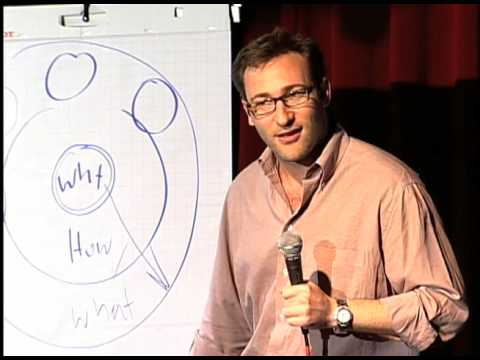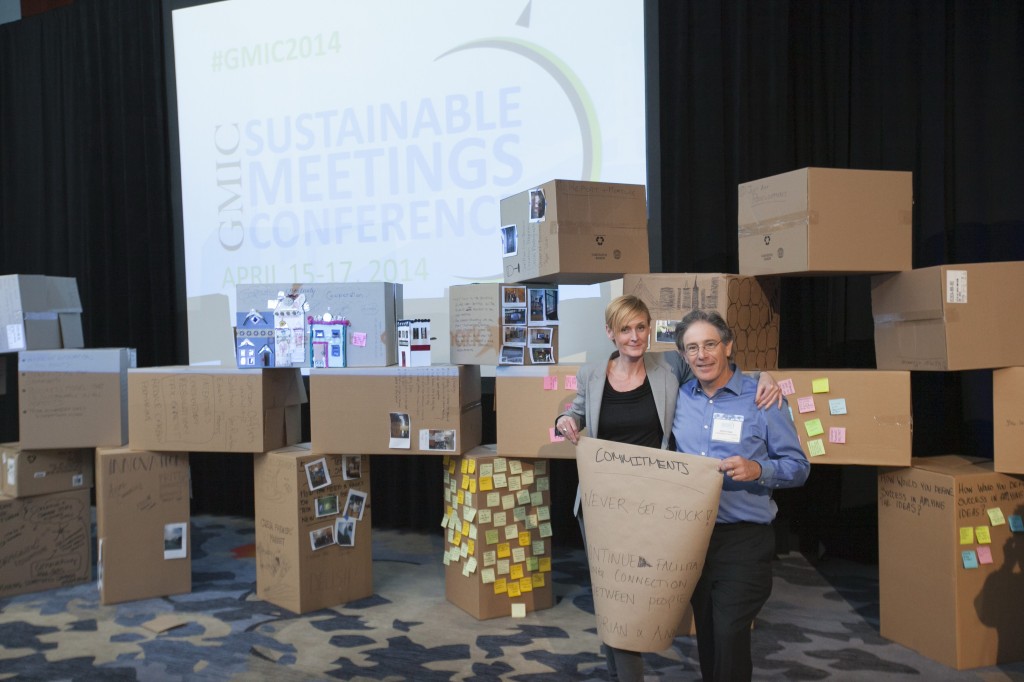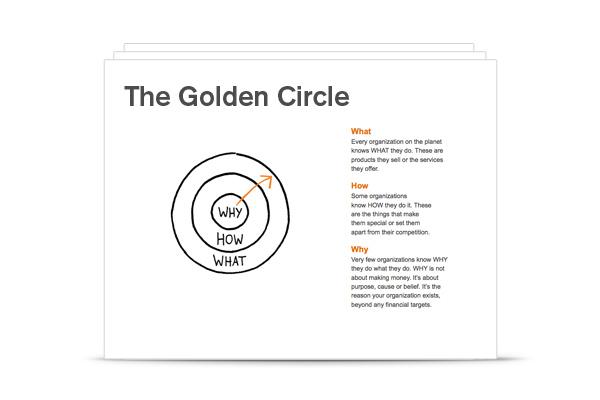Pick the right sustainability battles at conferences

In 2011 Simon Sinek keynoted MPI’s World Education Congress. As I and thousands of attendees watched, he began to share his message by drawing a diagram on a flip chart pad. Almost as soon as Simon picked up his marker, people started tweeting that he was wasting paper.
At recent conferences, I’ve been asked if I really need to have attendees work with sticky notes and flip charts. People ask, “Can’t they just talk to each other?” I’ve also encountered resistance to requests to print a few attendee tour photos for use in artifact-building exercises.
Let’s put these and similar requests in perspective.
I am a supporter of sustainable events. From 1978 – 1983 I managed a solar energy business and didn’t do it for the money. I am glad that apps have made it unnecessary to print the vast quantities of schedules and vendor catalogs that we schlepped around in the past. I applaud the installation (and flexibility) of electronic signage. And I love the efforts to minimize the appalling food wastage we took for granted when running an event.
The case for using recyclable materials
Yes, I know that people rarely keep the flip chart sheets, note cards, and sticky notes produced during interactive exercises. But they are needed for the experience of creation. Writing something down, sketching, or drawing a diagram provide powerful alternative modalities for learning and sharing that we traditionally restrict to hearing and looking (which often, by the way, don’t translate into listening and seeing). The act of building these creations into an appropriate concrete event metaphor—like the cardboard box bridge participants constructed at the Green Meetings Industry Council’s 2014 Sustainable Meetings Conference—also increases the effectiveness of participants’ experience.
Let’s take a quick look at the sustainability impact of using these materials at an event, using the greenhouse gas carbon dioxide equivalent (CO2e) approach. I’ve rounded off the figures, which I obtained from carbon footprint calculators available on the internet; smaller amounts are better.
- Making and printing a single sheet of office paper: 10 grams CO2e
- An average meal: 3,000 grams CO2e
- Driving a Toyota Prius 300 miles to a conference: 70,000 grams CO2e
- Flying from Boston to San Francisco: 750,000 grams CO2e
Sustainability in meetings
As you can see from these figures, the modest use of sheets of flip chart paper and sticky notes at an event contributes insignificant CO2e compared to the carbon footprint of the meals and travel of a typical attendee. While we should work to use as little of these (recyclable) products as possible, let’s focus on reducing the much larger contributions to greenhouse gases caused by the food consumption and travel to and from our events.
Photo attribution: Flickr user centralasian and Bay Area Event Photography


